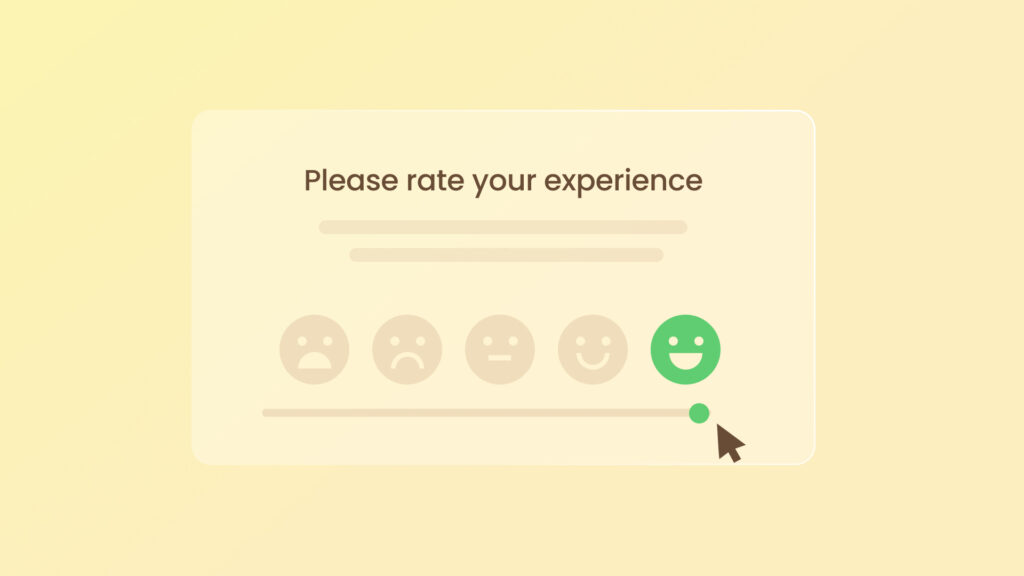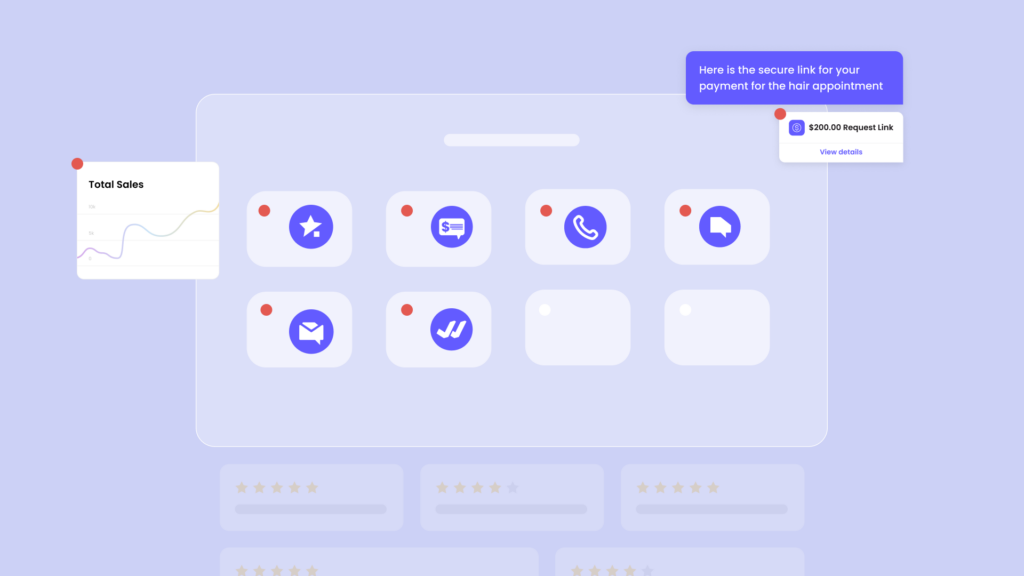For local businesses, customer satisfaction surveys are a powerful tool that helps evaluate how well businesses are meeting their customer’s expectations.
Surveys help measure the effectiveness of your business strategy, improve customer loyalty, and increase revenue because they gather feedback directly from customers to identify areas for improvement.
In this article, we will discuss top tips for using customer satisfaction surveys to help you collect valuable feedback, analyse results, and take action to enhance customer satisfaction. And by the end, you’ll have a clear understanding of the benefits customer satisfaction surveys can have on your business and the tools to implement effective surveys that can take your business to the next level.
Define your objectives
Before creating your customer satisfaction survey, it’s vital to define your objectives to ensure you get the most value out of it. The most important question you need to ask yourself is: “What do I want to learn from my customers?” Do you want to know how satisfied they are with your product or service, what they think of your customer service, or do you want to identify potential areas in your business for expansion or improvement? Pinpointing what it is that you want to learn will help you format your survey, decide which questions to ask, and which customers to target to get the feedback you need.
Additionally, knowing your overall objectives will also give you a benchmark to measure the success of your survey, from which you can adjust your strategy accordingly if your survey falls short of the mark.
How to develop customer satisfaction surveys
Developing an effective customer satisfaction survey takes time and effort, but it’s worth it to create a survey that delivers valuable feedback and helps you improve the customer experience. To ensure you get the most out of your survey, it’s essential to choose the right type of survey, determine the right questions to ask and consider survey length and format. Here’s a breakdown of each step:
- Which survey type: Whether it’s an email survey, online survey, phone survey, or in-person survey, you need to choose the type of survey that will get the best response rate and be most convenient for your customers, based on their demographics and their preferred method of communication. For example, if your customers are always on the go, an online survey might be the best option.
- What questions should you ask: If you don’t ask the right questions, you won’t get the answers you need to learn what you want to learn! Ideally, a mix of quantitative and qualitative questions will help you get a broad understanding of your customer’s experience. Consider including questions that ask customers to rate their satisfaction levels and open-ended questions that ask them to provide detailed feedback so they can fully express their opinions. It’s best to avoid leading questions that might bias the response or leads you to make assumptions about what the customer thinks.
- What should my survey look like: Customers are busy and might not have time to answer a lengthy survey, so it’s essential to try and keep your survey short and to the point, ideally no longer than 10-15 questions, and make sure the questions are easy to understand. You should also consider the format of your survey; make it visually appealing and use a clear and easy-to-read font.
Run your customer satisfaction surveys
Running your survey is just as crucial as developing it. By choosing the right time to send your survey and considering incentives to encourage participation, you can increase response rates and collect valuable feedback to improve the customer experience.
- Timing is everything: The best time to send a survey is shortly after a customer has interacted with your business, such as after a purchase or customer service call, when the experience is fresh in their minds, which will increase the likelihood of receiving honest feedback. You should avoid sending your survey during busy periods, such as holidays or weekends when customers are less likely to respond.
- Incentives: Offering a small discount or gift card as a thank you can be an effective way to encourage customers to participate in your survey. It demonstrates that you value your customers’ time and feedback, and incentives can help increase response rates.
Analyse your results
Once you start receiving responses to your survey, it’s important to analyse the answers to work out what your customers are thinking and make plans to improve where necessary.
- How to interpret your results: Any responses to your survey will give your valuable insights into your customer’s experience. Look for common themes, patterns and trends in the feedback, such as issues with customer service, product quality, or website usability, and use data visualisation tools to help you further analyse the data and identify key areas of improvement.
- Share the results with your team: When everything has been analysed, it’s crucial to let your team know the outcomes, using data visualisation tools to create a report that is easy to understand and share. You should discuss the results and ask for their input and ideas on how to address the areas for improvement, to create buy-in and ensure everyone is on the same page. And always celebrate your successes and encourage continued improvement.
Take action
While running customer satisfaction surveys are essential to understand how your business is perceived by your customers, it’s even more important to take positive action based on the feedback received.
- Prioritise actions: Once you have analysed the feedback, you need to decide what steps you can take that will have the most significant impact on customer experience, and these will, most likely, be in the areas where you received the lowest ratings or the most negative feedback.
- Create an action plan: Once you have identified the areas for change, you need to develop an action plan and assign responsibility to team members. You could also consider implementing a system to track progress and measure the success of your improvements.
- Follow up with customers: After making changes, it’s essential to follow up with your customers, maybe send another survey, to see if your changes have had a positive impact on their experience. This will show your customers that you value their feedback and are committed to improving their experience.
Key takeaway
Customer satisfaction surveys are powerful tools for you to understand how your customers perceive your local business, and setting clear objectives, developing the right type of survey, running it effectively, analysing the results, and taking action are all critical steps in the process which can help you identify areas for improvement and create a roadmap for addressing problems, leading to increased customer retention and loyalty.
Listening to your customers and taking action based on their feedback can help you create a better experience and stand out from the competition. Customer satisfaction should be a top priority for any business, so if you haven’t already, you should implement customer satisfaction surveys into your business.
About Magic
Magic helps local businesses grow. Thousands of local businesses use Magic to get more online reviews, win new customers, easily manage customer conversations and grow sales. Magic offers these features:
- Reviews: Get more reviews with automatic review requests for popular review sites like Google, Facebook, Yelp, TrustPilot, and more. Rank high on local search and enhance your visibility on Google.
- Inbox: Keep track of customer conversations across channels in one inbox, including SMS, Facebook, Instagram, and Gmail. Manage conversations better as a team and do more with industry specific templates.
- Text Marketing: Drive more sales with instant text campaigns and reach your customers at the right moment with automation. Use prebuilt templates to send out text campaigns in minutes.
- Webchat: Turn website visitors into customers with SMS powered Webchat. Chat to website visitors directly through SMS so you won’t miss a lead, even when they leave your website.
Looking to grow your local business? Book in a demo call now. Follow us on Instagram and Facebook



